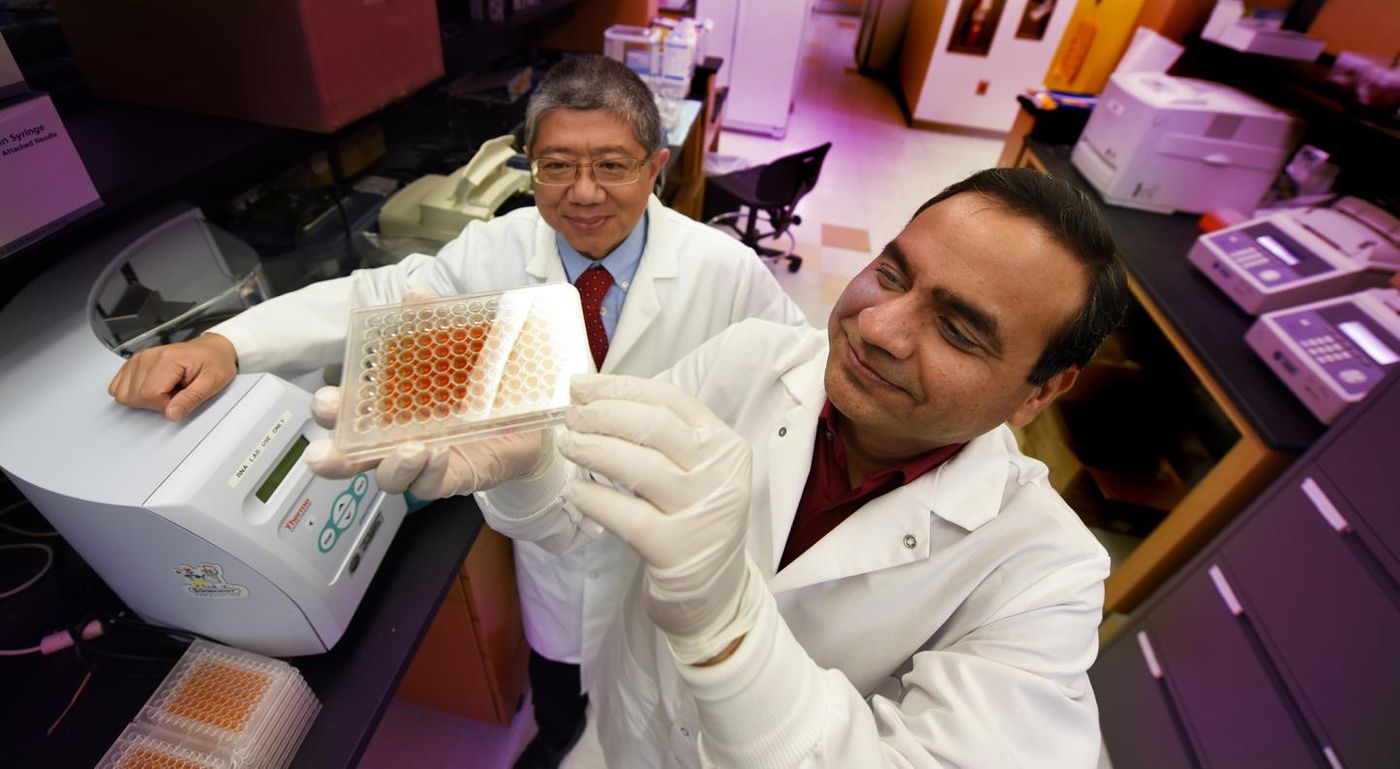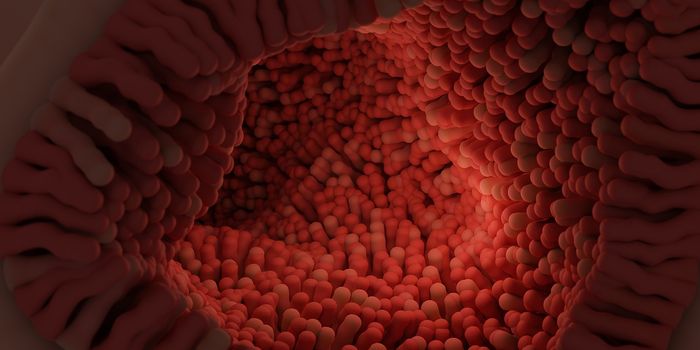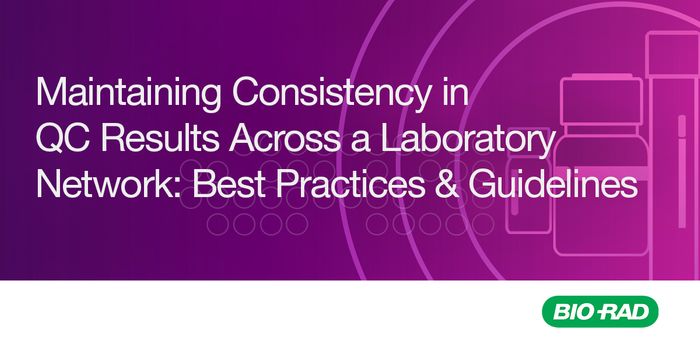Identifying Causative Genes for Type I Diabetes
A group of scientists are studying all things type 1 diabetes, looking for causation - genetic and environmental - as well as targets for treatment and prevention. A new study involves thousands of young people, with the goal of identifying how genetics and environmental factors overlap to ultimately lead to type 1 diabetes development.
"We want to build a more precise profile of who will get this disease and when," explained corresponding author Jin-Xiong She. Experts estimate that 1 in 300 people ultimately develop type 1 diabetes by age 18 in the United States.
From the Medical College of Georgia at Augusta University, scientists involved in a large new study, “The Environmental Determinants of Diabetes in the Young” (TEDDY), recruited nearly six thousand participants to identify new DNA regions associated with the development of type 1 diabetes.
These scientists believe that two subtypes of type 1 diabetes will be identified as a result of TEDDY’s findings. The two subtypes are likely based on the two autoantibodies contained by 90 percent of all people with type 1 diabetes: IAA, an autoantibody against insulin, and GADA, an autoantibody against an enzyme called glutamate decarboxylase, which regulates beta cells in the pancreas. Beta cells are responsible for producing insulin.
Uniquely, this particular branch of the TEDDY study focused on non-HLA genes, even though most genes associated with type 1 diabetes are considered HLA (human leukocyte antigen) genes. HLA genes regulate the immune system.
"With HLA genes you can achieve a certain level of accuracy in identifying high-risk individuals," says She. "But if we can add additional genes into the screening, we can refine the prediction of the disease, we can increase the accuracy, we can probably even identify higher percentages of at-risk individuals."
Researchers began the study by analyzing the presence of 176,586 single nucleotide polymorphisms (SNPs), genetic variations associated with different types of disease. These SNPs had been associated with other autoimmune diseases in the past, but this study would be the first to link them to type 1 diabetes.
The presence of each SNP was compared between different types of participants in the study. Researchers identified different SNPs for those who already had type 1 diabetes versus those who were beginning to develop autoantibodies and those who had neither.
Ultimately, from the new study researchers found: six new gene regions in young people who had already developed type 1 diabetes or at least began making anti-beta cell antibodies. Additionally, they confirmed the role of three other regions already associated with type 1 diabetes.
Going forward, findings from this study and future TEDDY studies will help scientists better understands what causes type 1 diabetes to develop in young people. And by knowing what initiates the disease, scientists are closer to understanding how to prevent the disease.
The present study was published in the journal Journal of Autoimmunity.









